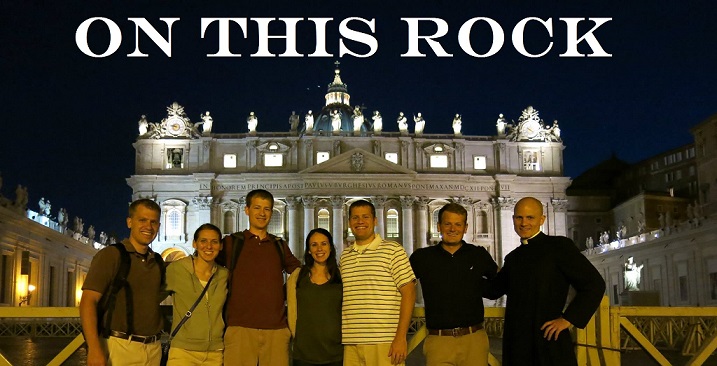Thursday, October 31, 2013
Halloween Special: 5 Interesting Facts on Catholic Death. Episode 1 - Cremation
1. "Although cremation is now permitted by the Church, it does not enjoy the same value as burial of the body. The Church clearly prefers and urges that the body of the deceased be present for the funeral rites, since the presence of the human body better expresses the values which the Church affirms in those rites" (Order of Christian Funerals, Appendix, paragraph 413)
Here a person may ask why the body is preferred at the funeral (even if the body is cremated afterwards). The Order of Christian Funerals explains in paragraph 412:
The body of a deceased Catholic Christian is also the body once washed in baptism, anointed with the oil of salvation, and fed with the Bread of Life. Thus, the Church's reverence for the sacredness of the human body grows out of a reverence and concern both natural and supernatural for the human person. The body of the deceased brings forcefully to mind the Church's conviction that the human body is in Christ a temple of the Holy Spirit and is destined for future glory at the resurrection of the dead. This conviction in faith finds its expression in a sustained and insistent prayer that commends the deceased person to God's merciful care so that his or her place in the communion of the just may be assured. A further expression is the care traditionally taken to prepare the bodies of the deceased for a burial that befits their dignity, in expectation of their final resurrection in the Lord.
Translation - the body, even though it decays in the ground, and may turn into dust, is still something that both
1) merits our respect after death
2) serves as a more visible reminder about the resurrection of the body for those left behind (the living)
What the Church envisions is that ideally, if cremation take place, it take place AFTER the funeral Mass.
Subscribe to:
Post Comments (Atom)


No comments:
Post a Comment